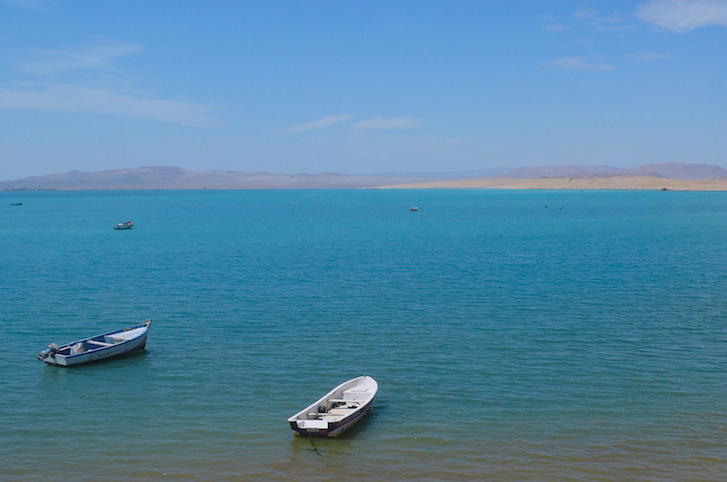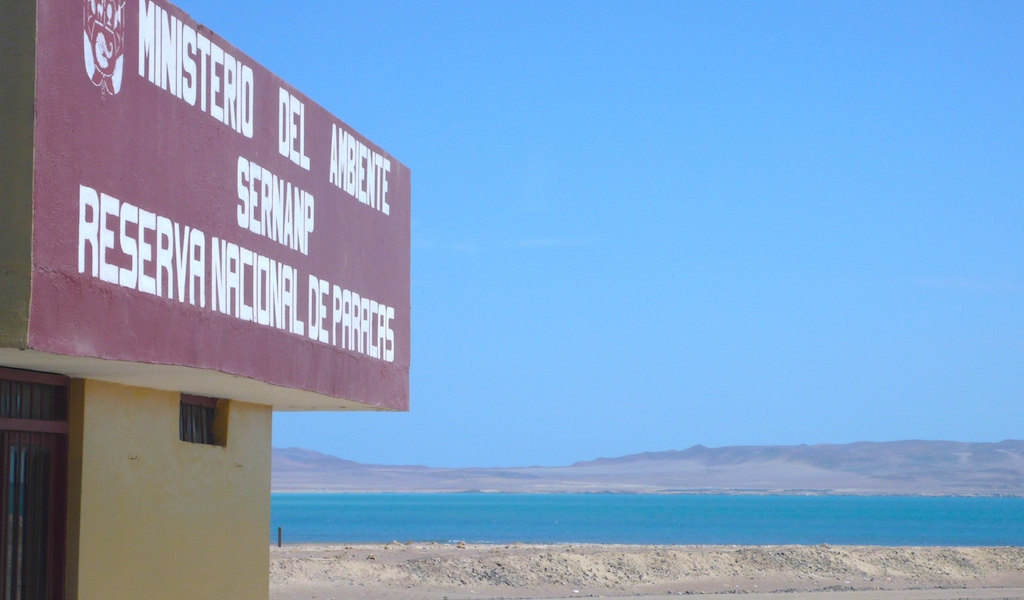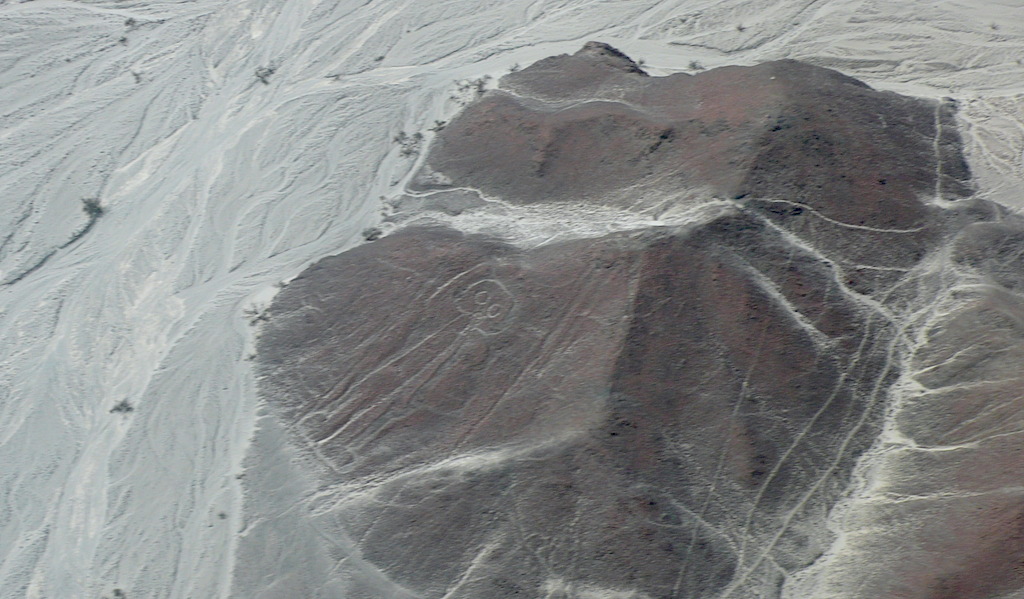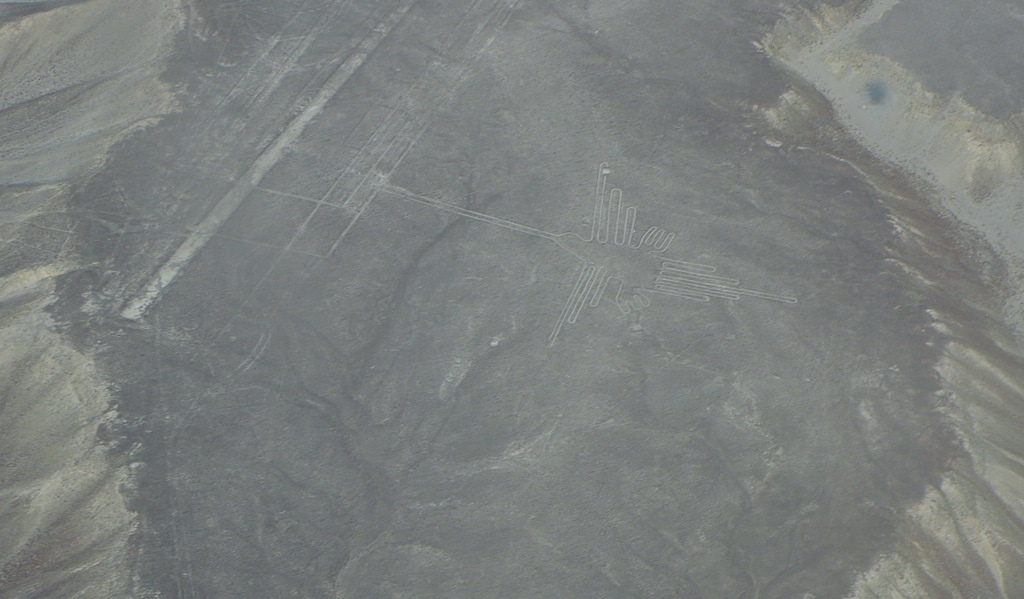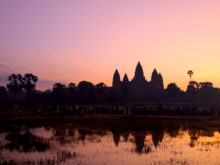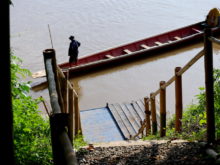A three-hour drive south of Lima, Paracas is a weekend resort for many upper-class Limeños who keep beach homes here – and yet, Paracas is also a fishing village evocative of the South of France in the years before tourism overtook local industry.
Named for the strong winds that come off the ocean and sometimes produce sand storms in the desert, Paracas has one of the richest ecosystems in the world. Paracas National Reserve, along the desert peninsula of Paracas, is two-thirds water and the turquoise waters of Paracas Bay are endlessly captivating – as are the Nazca Lines.
Discovered in 1927, the Nazca Lines are vestiges of a culture that flourished more than 300 years before Christ. A series of ancient geoglyphs, the lines can only be seen from the sky, which means climbing into a 12-seat plane and fastening your seat belt.
Caveat emptor: it is absolutely mandatory that you don’t eat beforehand – not unless you enjoy seeing your food twice.
While the plane ride is thrilling, it’s also chilling – and it’s important to focus on the figures below and not attempt to find the horizon.
Consider instead why that figure of an astronaut is reclining on the hill. And what does the hummingbird signify?
Theories abound as to the origins and intents of these geoglyphs: were they landing strips for extraterrestrials?
German scholar Maria Reiche (aka “Lady of the Lines”), who studied the lines for a lifetime, concluded that the markings are remnants of a monumental astronomical calendar.
Whatever they are, they’re fascinating – and UNESCO declared them a World Heritage Site in 1994.

